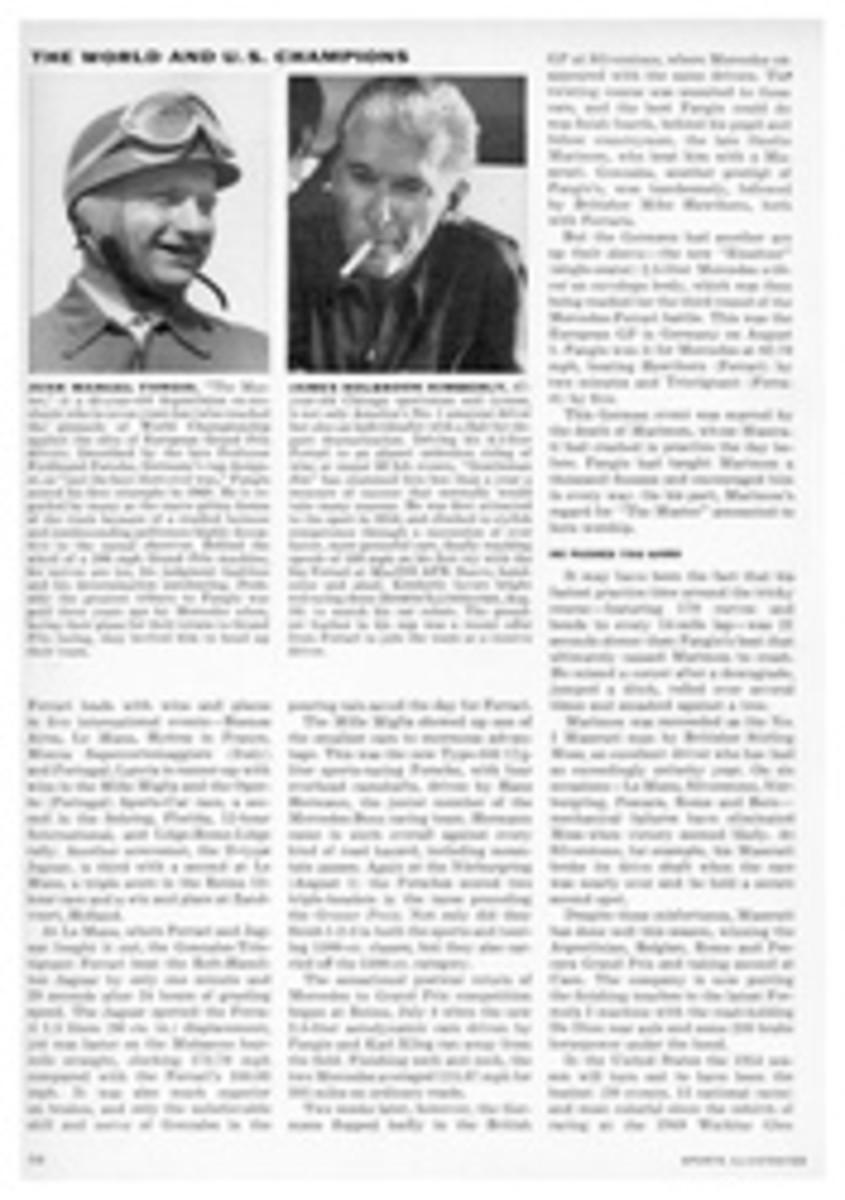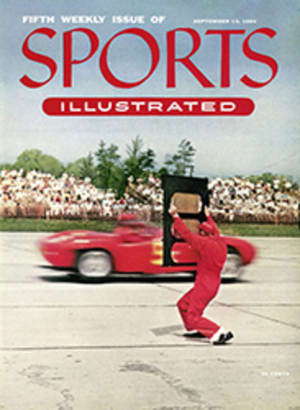
THE GREAT RIFLE MATCH
No event in the sporting world has excited more general attention than the Grand International Rifle Match at Creedmoor, Long Island between the American and Irish teams," said Harper's Weekly in 1874 when the two countries shot it out for the championship of the world before an unruly crowd of 8,000 cheering people. Since early morn on September 26, the day of the Grand Match, coaches, tallyhos, hacks and high-wheeled bikes choked the roads leading from New York to Creedmoor, site of America's first rifle range. The L. I. railroad ran special trains jammed with spectators. Across the country telegraph offices stood by ready to flash shot-by-shot reports of the day-long match.
The year before, Ireland had won the rifle championship of the British Isles. Major Arthur B. Leech, captain of the Irish team, then challenged America for the world title. Col. George W. Wingate, one of the founders of the recently formed (1871) National Rifle Association of America, in accepting the challenge, yielded to Ireland's terms of a long-range match, at distances of 800, 900, and 1,000 yards. This was conceding a lot, for none of the Americans had ever fired beyond 600 yards. Ironically, the finest long-range shots the world had ever seen were right in America—the professional buffalo hunters on the western plains—but they were more interested in bagging hides at $50 each than in a rifle match.
The untested team selected by Col. Wingate is shown on opposite page. Of this group, which includes three reserves, the six men who did the shooting are: Major Henry Fulton, G. W. Yale, Col. John Bodine, Lt. Col. H. A. Gildersleeve, L. L. Hepburn, and Gen. T. S. Dakin. The terms of the match: 15 rounds per man at each of the three distances; .44 caliber rifles of 10 pounds maximum weight firing identical loads of black powder; the Americans to use breech-loaders of U.S. manufacture, the Irish to fire their own muzzle-loaders (considered more accurate); telescope sights were barred; standard English targets, measuring 12 ft. x 6 ft. The square bullseye (4 points) was 3 ft. x 3 ft.; the "center" (3 points) was 6 ft. x 6 ft., with a 2 ft. space on each side called an "outer" (2 points).
The veteran Irish team, experts at long-range, were the odds-on favorites as they took position in front of the huge roped-off throng at exactly 10:30 a.m. It was a hot, dry day. Captain Walker, Ireland's leadoff man, took his place between the red flags that marked the firing point, got down on his stomach and squinted at the target. A strange sight greeted the captain's eye. The target seemed to dance in the shimmering heat waves, a phenomenon unknown in cloudy Ireland. No marker rose up when he fired. It was a clean miss. Behind him came groans mixed with thunderous cheers. Col. Wingate ran in front of the spectators and appealed to them to quiet down. America's first man was Major Fulton, a 28-year-old Civil War veteran. Lying on his back with his feet toward the target, he rested the barrel of his Remington on his legs—a position which enabled him to keep his luxuriant blond beard out of the dust—and squeezed the trigger for a bullseye. (Of the 12 men who shot that day, five used the feet-first position; seven, the head-first stomach-down stance. Comparative scores later showed that the feet-first men averaged 157 points against 154 for the conventional shooters.)
When the 800-yard stage was over, America led 326-317 and both teams retired to a large tent for a lunch complete with speeches and toasts. At the 900-yard stage Ireland figured to overcome America's 9-point lead. Cheers resounded from the crowd when the marker at the target rose to indicate a bullseye as Ireland's J. K. Milner got off his first shot. But a murmur of disappointment soon followed when the umpire decreed that the bullseye must go for zero. Poor Milner had hit the wrong target. But then the Irish got a couple of breaks. The first one came when Dakin of the American team touched off a shot which fell far short of the target. The miss was caused by a defective load. Then clouds obscured the sun, giving the Irish the filtered light to which they were accustomed on their native sod. Firing accurately at 900 yards, they cut America's lead to seven points.
Now for the final 1,000-yard stage, Ireland's best distance. It was neck and neck all the way and when the Irish finished, the score stood 931-913 in their favor. But the match was not yet over. Major Fulton and Col. Bodine still had three shots each to fire. Both had been shooting well but Fulton, feeling the pressure, could not find the bullseye and rang up three "centers." Nowcame Col. Bodine, America's anchor man. If he did no better than Fulton the score would be tied. Carefully sighting the target, the Colonel scored one bullseye, then another. Ireland now led by one point and only one shot remained. If Bodine hit the target America would win, since the minimum score was two points. If he missed, Ireland would win. It was then that the crowd broke through the ropes and lined up on either side of the Colonel's firing point, almost as far as the target. The elderly Bodine called for a bottle of ginger beer to steady his nerves but as he opened it the bottle broke and a piece of glass cut deeply into his trigger hand. Bleeding profusely, he wrapped his hand in a handkerchief and waited until the crowd quieted down. The colonel remained calm. Slowly he got on his stomach, sighted the rifle and inhaled deeply, then let half out. At last came the shot and the spat of the bullet on the iron target. "He's on!" the crowd roared and the white disk rose to signal a 4-point bullseye. America had won, 934 to 931, and the rifle championship of the world was theirs.
ILLUSTRATION
CAPTAIN L. C. BRUCE
MAJOR HENRY FULTON
GEORGE W. YALE
GENERAL T. S. DAKIN
L. M. BALLARD
A. V. CANFIELD, JUN.
LT. COLONEL H. A. GILDERSLEEVE
R. C. COLEMAN
ILLUSTRATION
THOMAS NAST, leading cartoonist of his day, drew picture of Eire bowing to Columbia.
ILLUSTRATION
FIRING at distances of 800, 900 and 1,000 yards without telescope sights, some shooters preferred the stomach-down, head-first yards without telescope sights, some shoot-position, other the strange feet-first stance.

